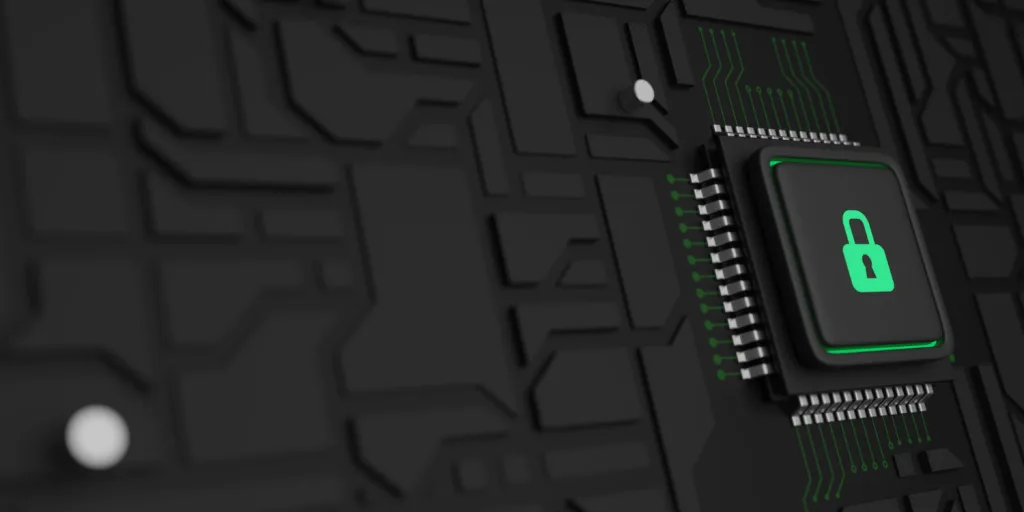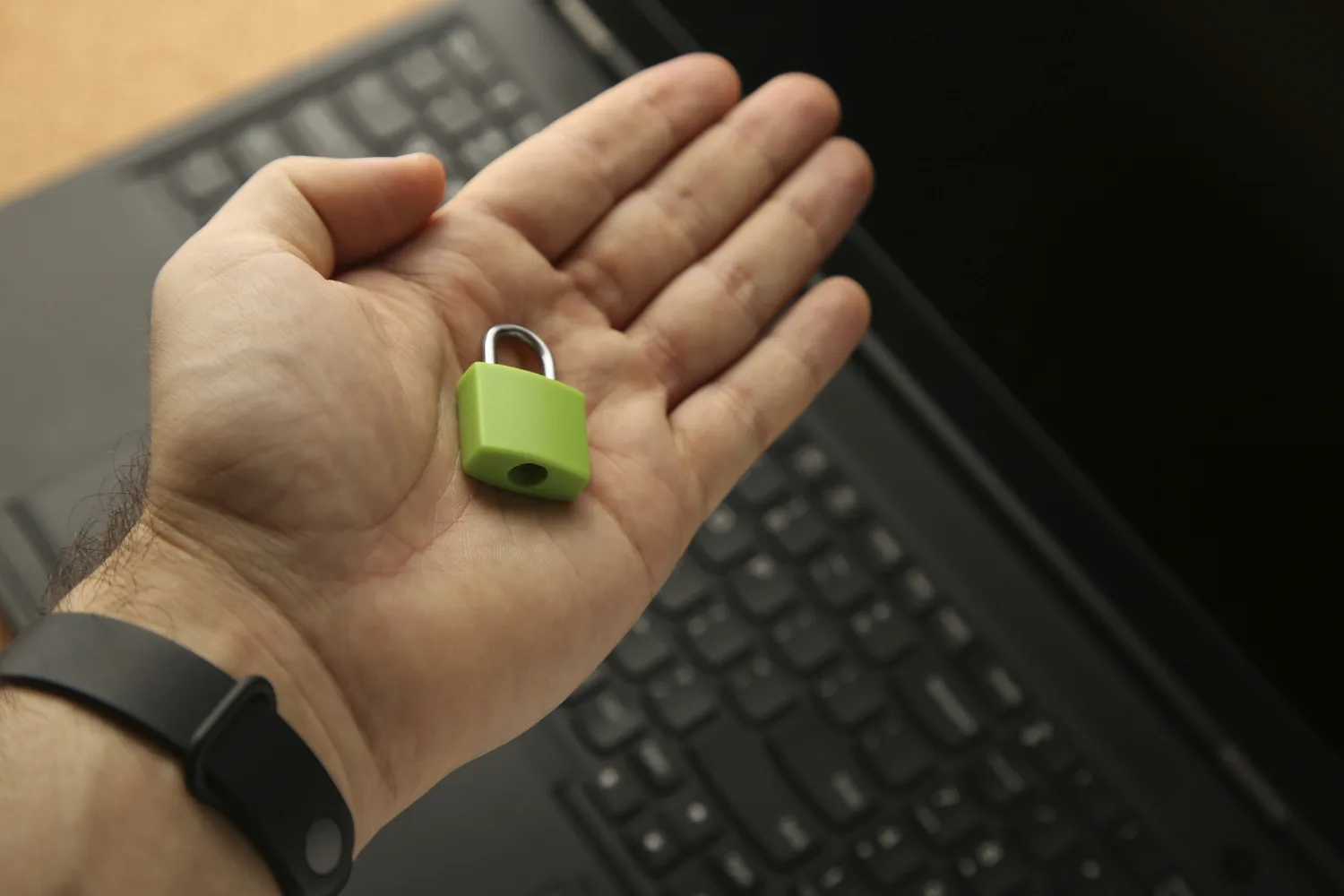Safeguarding sensitive company information in a remote work environment demands a multi-layered strategy. This includes robust cybersecurity policies, secure technology usage, and comprehensive employee training.
However, effective protection extends beyond technical defenses. In addition, it encompasses establishing clear guidelines, fostering a security-conscious culture, and ensuring all staff are well-informed about potential risks and their roles in mitigating them.
What measures should a company implement to secure remote access to its network?

Companies should ensure the shielding of remote access to their networks through secure channels, such as Virtual Private Networks (VPNs), which encrypt data transmission.
Moreover, companies must implement multi-factor authentication (MFA) to verify user identities.
Additionally, the utilization of endpoint security solutions can aid in monitoring and managing devices accessing corporate resources, thereby reducing the risk of unauthorized entry or data breaches.
Keeping all systems patched and updated is vital, encompassing VPNs, antivirus software, and all applications utilized in the remote work environment. Conducting regular security audits and vulnerability assessments becomes crucial to identify and address weaknesses in the system, ensuring the maintenance of a robust defense against cyber threats.
How can employee training reduce the risk of information leaks in a remote setting?
Training employees is crucial in building a first line of defense against cyber threats like phishing and social engineering attacks.
Regular, updated training sessions should cover aspects such as recognizing and reporting suspicious activities, following best practices for password management, and understanding the importance of not mixing personal and work devices.
Additionally, simulating phishing campaigns and other cybersecurity exercises can prepare employees to react appropriately to real threats.
By fostering a security-aware culture, staff members are more likely to take personal responsibility for protecting company data and will remain vigilant against the various tactics that might compromise sensitive information.
Why is it important to manage device security in remote work environments?

Securing devices used for remote work is non-negotiable. Company-provided devices should have security software installed and be configured according to the company’s security policies.
It is equally important to ensure that employees using personal devices for work adhere to security guidelines, including the installation of proper security measures.
The rise of Bring Your Own Device (BYOD) policies has further complicated this landscape, necessitating clear BYOD guidelines that dictate acceptable use and security requirements.
Regularly auditing these devices for compliance can prevent many security incidents that result from outdated software or unapproved applications.
Which technological solutions can help monitor and protect data in remote workflows?
Technological solutions like Data Loss Prevention (DLP) software can be fundamental in monitoring data usage and movement within a company.
These solutions assist in identifying patterns that may signify data breaches and can automatically take action to block the inappropriate movement or sharing of sensitive data.
Cloud Access Security Brokers (CASBs) are another layer of protection, mediating access between cloud service users and cloud applications, to enforce security policies. By leveraging CASBs, companies can enhance visibility and control over their data, ensuring secure access to sensitive information even in complex cloud environments.
For a thorough look at safeguarding remote work environments, consider reviewing our informative Remote Work Security article, which gives additional perspectives on building a solid cybersecurity infrastructure.
Conclusion

Protecting sensitive company information in a remote work setup demands a blend of robust technology, sound policies, and continuous education.
Implementing secure remote access with VPNs and MFA, training employees regularly, managing device security, and deploying solutions such as DLP software and CASBs, form essential components of a tight security framework.
Through diligence and ongoing effort, organizations can create a secure remote work environment that shields crucial data against the mounting threats in the digital sphere.
- Burnout in Remote Teams: How It’s Draining Your Profits - January 27, 2025
- Signs You’re Understaffed - January 20, 2025
- The Cost of Silence: Communicating Negative Feedback - January 13, 2025
